The flamboyantly tropical members of the family are best known, but these chorus girls of summer are not the family’s only gems.
Chinese hibiscus
Hibiscus rosa-sinensis
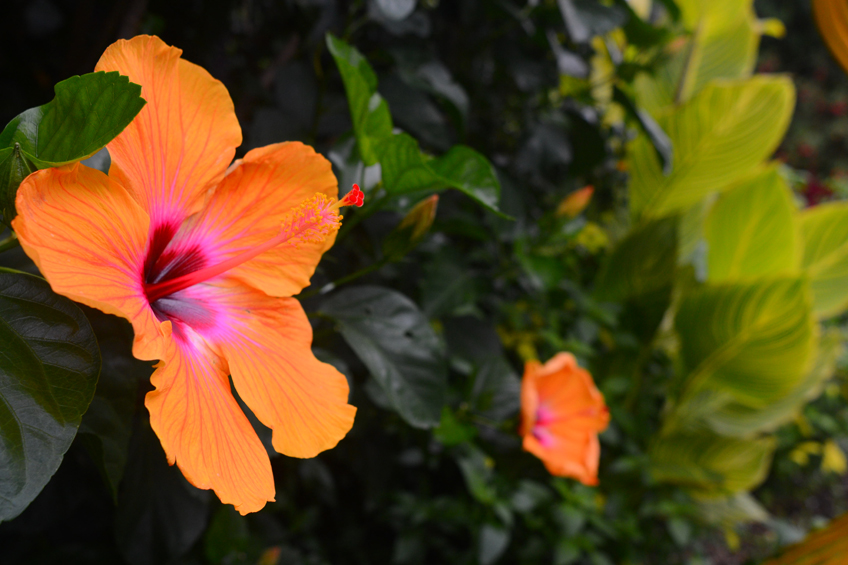
Photo - Robin Powell
ID:Large, single or double flowers in warm and hot tones with a prominent yellow staminal column area stars of summer.
GROW:These evergreen shrubs like warm, sunny positions with protection from strong winds. Fertilise in spring and water regularly. Prune hard at the end
of winter. The major threats are hibiscus beetles, which eat holes in the flowers and leaves.
Confederate rose
Hibiscus mutabilis
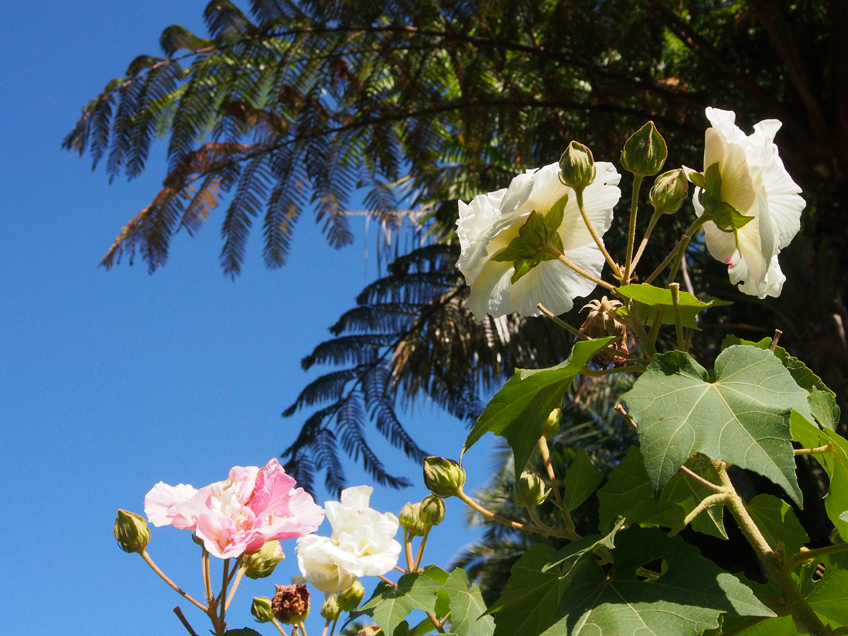
Photo - Robin Powell
ID:The autumn flowers are white, pink or red, double or single. Leaves are large and heart-shaped.
GROW:This small deciduous tree or spreading shrub needs a spot in full sun. It copes well with frost and is best pruned hard in winter to remove spent
flowers and fruit. Feed in spring with a fertiliser designed to promote flowering.
Native rosella
Hibiscus heterophyllus
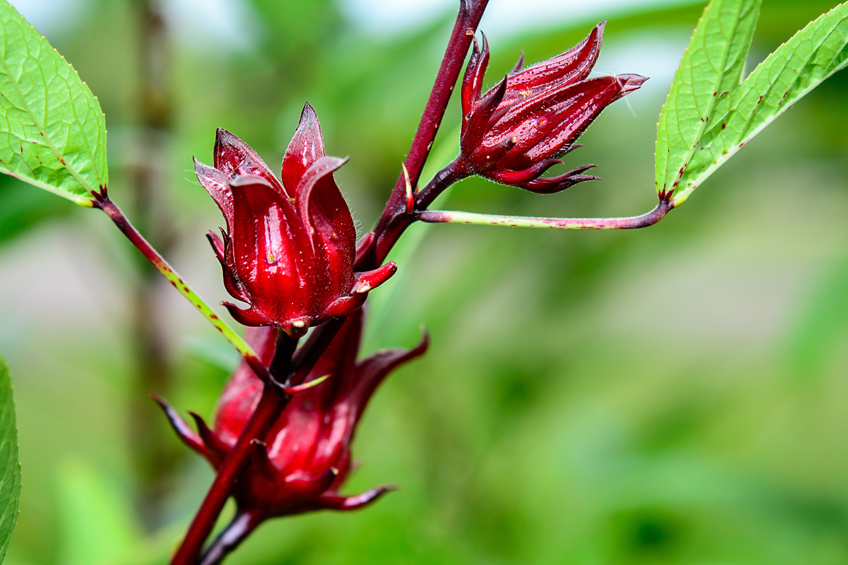
Photo - kc.bangkhew
ID:The pink-edged white flowers have a red splodge in the centre and appear in spring-summer on a tall shrub with narrow, prickly leaves.
GROW:Full sun in warm and moist conditions is the spot for this NSW and Queensland native. If not growing to preserve the tart but tasty fruit, prune the
plant by one-third straight after flowering.
Rose of Sharon
Hibiscus syriacus
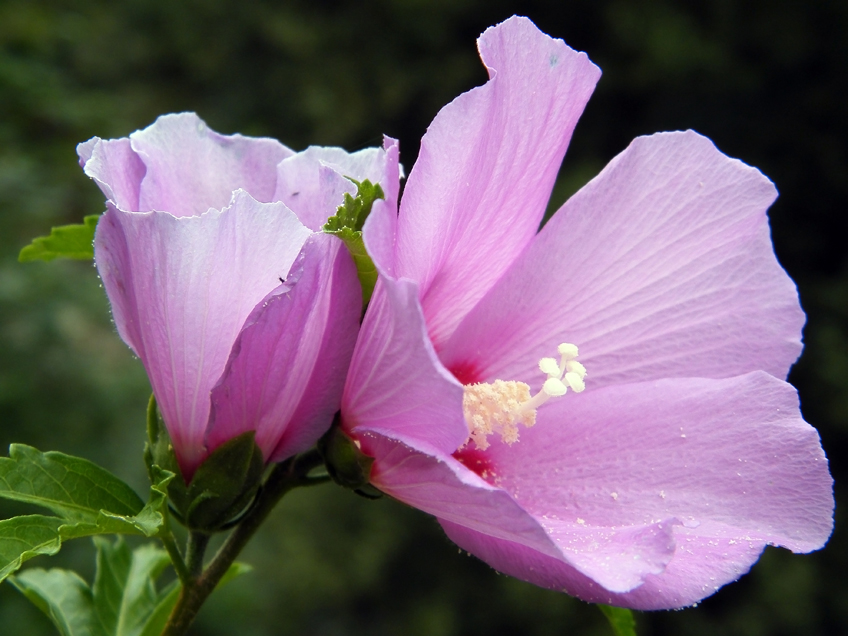
Photo - Anna-Bogush
ID:Flowers appear from summer to autumn and often have a darker, contrasting splash beneath the cream stamina column.The serrated leaves turn yellow in
autumn before falling.
GROW:Cool, moist climates are ideal for this tall, deciduous, frost-tolerant shrub. Prune hard in winter and use some of the prunings to make cuttings.
Fertilise in spring.
Sea hibiscus
Hibiscus tiliaceus
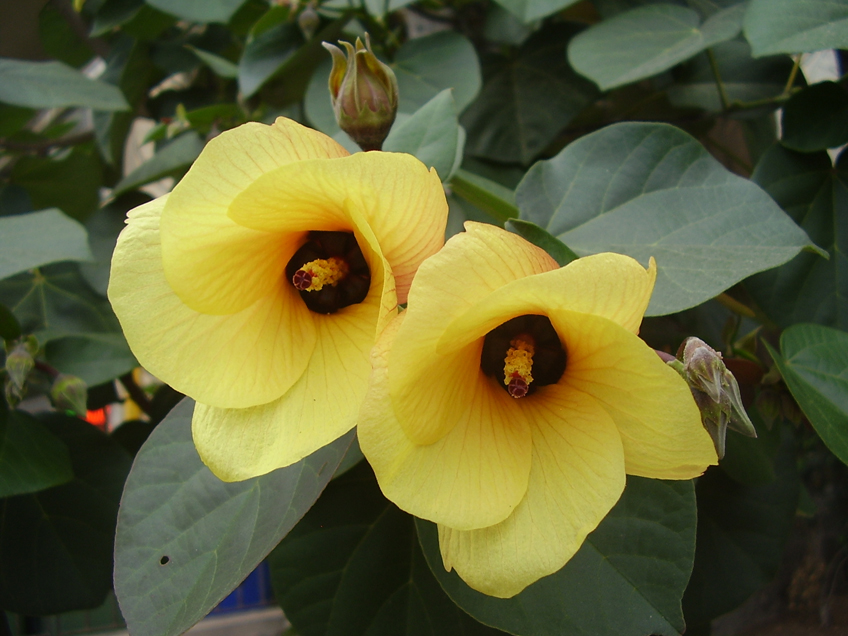
ID:Yellow flowers appear from late spring through summer. Leaves are heart-shaped.
GROW:This evergreen small tree tolerates wet feet and salt but not frost. Feed lightly with native plant fertiliser. Prune straight after flowering if
a shrub-like form is desired. Look for ‘Rubra’ with deep burgundy foliage and pale yellow flowers.
Native hibiscus
Alyogyne huegelii
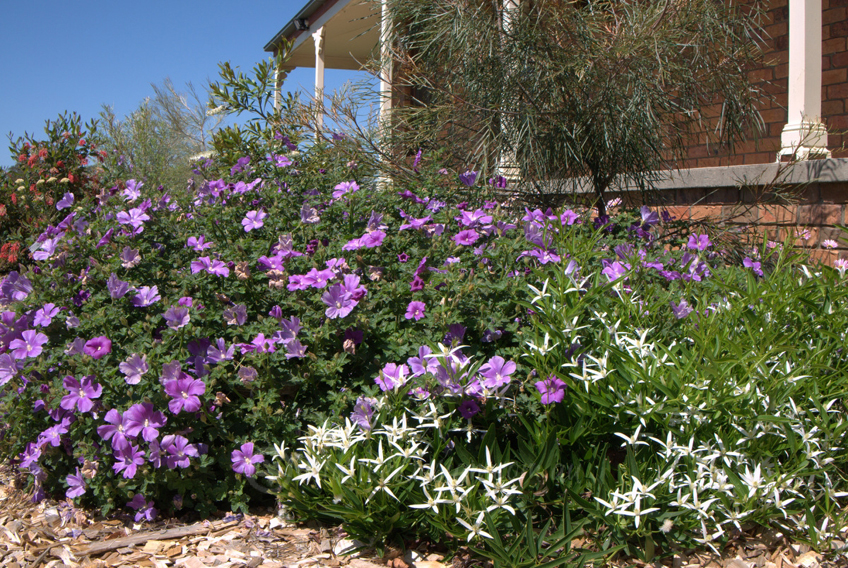
ID:The warm-season flowers are usually mauve, though white and yellow forms are also known.
GROW:This native shrub likes warm, sunny situations in freely draining soils though it will tolerate part shade. Prune after spring blooming to encourage
a rounded dense shape. Feed with a native fertiliser. Untroubled by pests.
Coral hibiscus
Hibiscus schizopetalus
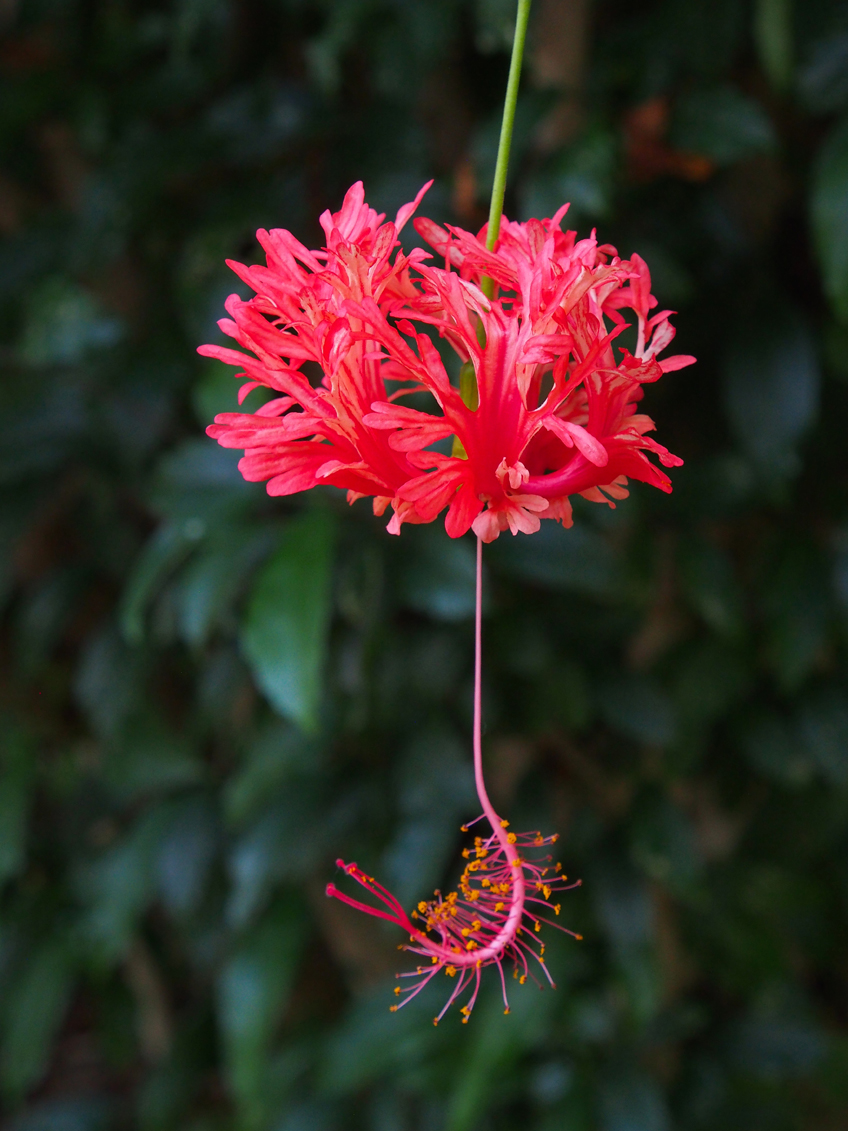
Photo - Robin Powell
ID:Pendant, pink-red frilly flowers with long staminal columns appear sporadically throughout the year, opening in the morning and dying that same night.
GROW:This arching shrub is best suited to tropical locations in full sun to part shade, however it will tolerate some cold, drought and salt. Prune sparingly
once every three years.